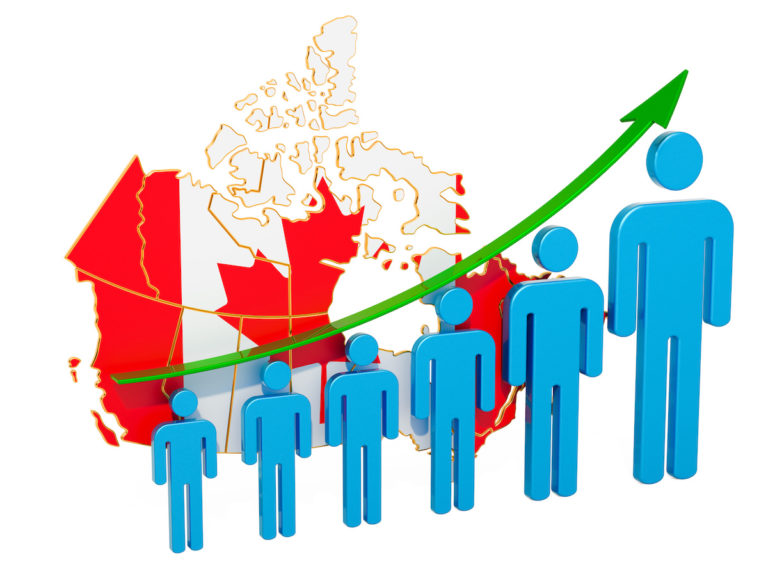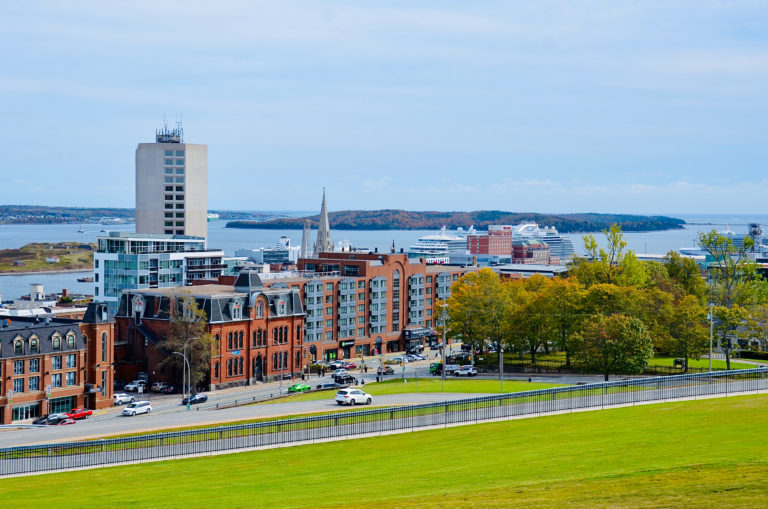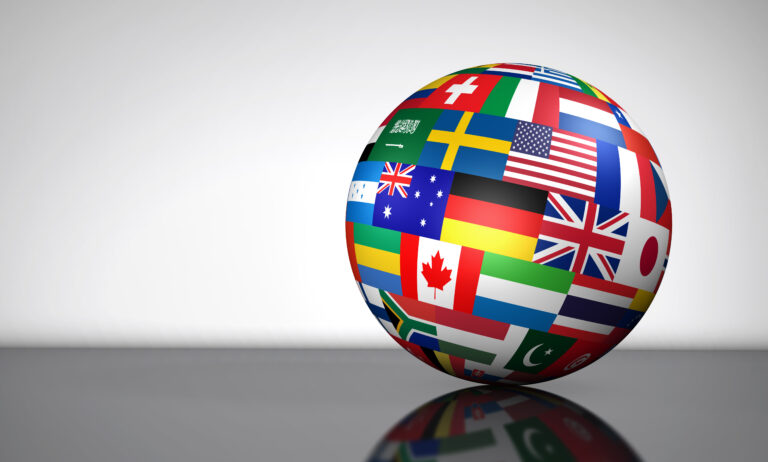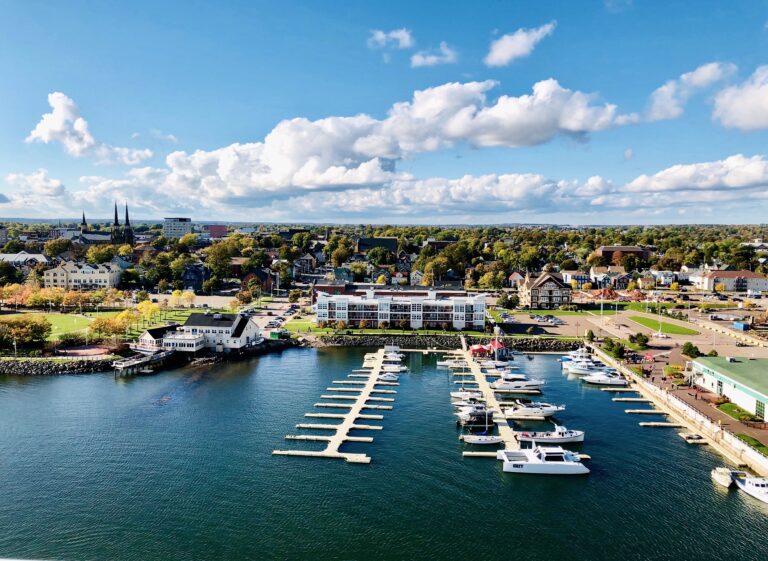Quebec is well able to welcome 112,000 immigrants per year, says Canada Prime Minister Justin Trudeau, rubbishing claims made by provincial Premier Francois Legault.
The Liberal leader says the French-speaking province could easily make the vast majority of those newcomers francophone.
“Quebec at the moment is fully capable of welcoming 112,000 immigrants a year,” Trudeau said.
The comments completely contradict the views of Legault, who recently said it would be suicide for Quebec to welcome any more than the roughly 50,000 set out in its recent immigration levels plan.
View this post on Instagram
Read More Canada Immigration News
Quebec’s Latest Levels Plan Sees Province Hold The Line On Immigration
All Immigrants To Quebec To Be Francophone By 2026, Says Provincial Premier
Quebec Targets 998 Canada Immigration Candidates With Job Offers Outside Montreal
Trudeau blamed the lack of Quebec immigration for the province’s labour shortage, pointing out the issues businesses are having with hiring staff.
“There are entrepreneurs in the Beauce unable to carry out contracts because they can’t hire enough people,” he said.
The conflicting comments lay bare the gap in political philosophy between the federal government and Quebec provincial government.
Canada is set to ramp up immigration to 500,000 per year by 2025. But Quebec’s vastly popular premier looks unlikely to budge from 50,000.
This latest Quebec levels plan reveals much about the Legault’s attitude towards big business in the province.
Watch Video
With 22 percent of Canada’s population, Quebec is entitled to the same proportion of the annual immigration intake.
The federal government’s plan targets 465,000 newcomers next year, which means Quebec has the right to welcome 102,300 newcomers, but it is choosing to bring in just half that number.
With its plan to ensure that all Quebec immigrants are Francophone, the CAQ is showing that it is anti-big business and cares only about its nationalistic agenda.
Quebec businesses are urging the province to increase immigration to help combat a chronic labour shortage, but the CAQ refuses to do that.
It is telling that the majority of those businesses are based in Montreal, where the CAQ enjoys very little support. Legault prefers to pander to his support base to keep power, despite that being detrimental to the future of the province’s economy.
Quebec’s 2023 Immigration Levels Plan
| Minimum | Maximum | |
| Economic immigration category | 32,000 | 33,900 |
| Skilled Workers | 28,000 | 29,500 |
| Business People | 4,000 | 4,300 |
| Other Economic categories | 0 | 100 |
| Family Reunification | 10,200 | 10,600 |
| Refugees and people in similar situations | 6,900 | 7,500 |
| Other immigration categories | 400 | 500 |
| Overall totals | 49,500 | 52,500 |
At the federal level, meanwhile, Canada will spend $1.6 billion over six years and $315 million a year after that on the processing and settlement of new immigrants it will welcome through its ambitious 2023 to 2025 Immigration Levels Plan.
The federal government’s Fall Economic Statement also allocated $50 million this year and next year specifically aimed at tackling a crippling processing backlog.
The statement outlined exactly how important immigration has become to Canada’s economy, with a new record of more than 430,000 newcomers expected to be welcomed this year.
The immigration increases announced by Fraser include 301,250 new immigrants in the Economic Class alone, as Canada continues its commitment to help businesses beset with chronic labour shortages.
Immigration accounts for almost 100 per cent of Canada’s labour force growth, and, by 2032, it is projected to account for 100 per cent of Canada’s population growth, Immigration, Refugees and Citizenship Canada says.
Canada’s 2023 to 2025 Immigration Levels Plan
| 2023 | 2024 | 2025 | ||
| Overall Planned Permanent Resident Admissions | 465,000 | 485,000 | 500,000 | |
| Economic | Federal High Skilled | 82,880 | 109,020 | 114,000 |
| Federal Economic Public Policies | 25,000 | – | – | |
| Federal Business | 3,500 | 5,000 | 6,000 | |
| Economic Pilots: Caregivers; Agri-Food Pilot; Rural and Northern Immigration Pilot; Economic Mobility Pathways Project | 8,500 | 12,125 | 14,750 | |
| Atlantic Immigration Program | 8,500 | 11,500 | 14,500 | |
| Provincial Nominee Program | 105,500 | 110,000 | 117,500 | |
| Quebec Skilled Workers and BusinessFootnote6 | See the Quebec immigration plan | To be determined | To be determined | |
| Total Economic | 266,210 | 281,135 | 301,250 | |
| Family | Spouses, Partners and Children | 78,000 | 80,000 | 82,000 |
| Parents and Grandparents | 28,500 | 34,000 | 36,000 | |
| Total Family | 106,500 | 114,000 | 118,000 | |
| Refugees and Protected Persons | Protected Persons in Canada and Dependents Abroad | 25,000 | 27,000 | 29,000 |
| Resettled Refugees – Government-Assisted | 23,550 | 21,115 | 15,250 | |
| Resettled Refugees – Privately Sponsored | 27,505 | 27,750 | 28,250 | |
| Resettled Refugees – Blended Visa Office-Referred | 250 | 250 | 250 | |
| Total Refugees and Protected Persons | 76,305 | 76,115 | 72,750 | |
| Humanitarian and Other | Total Humanitarian & Compassionate and Other | 15,985 | 13,750 | 8,000 |










